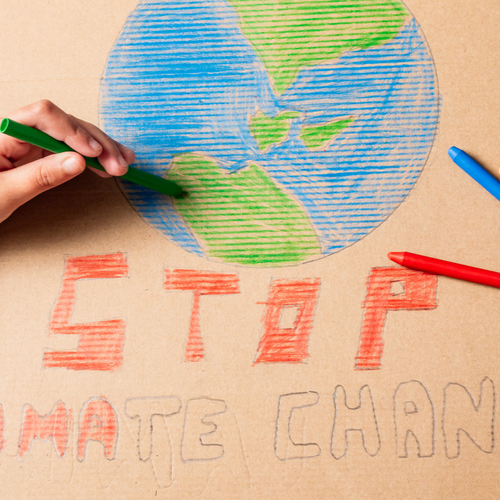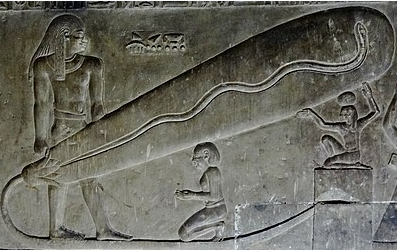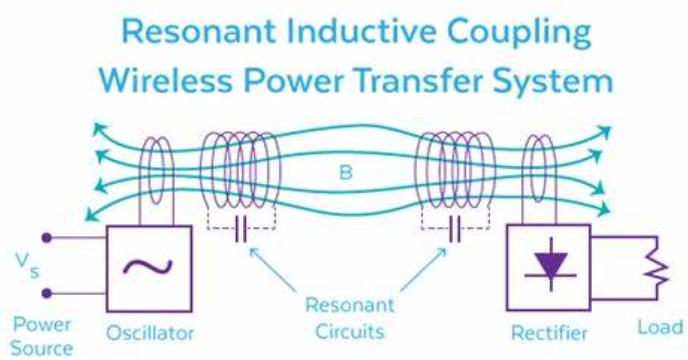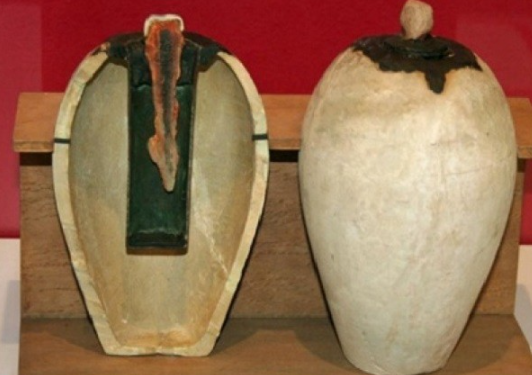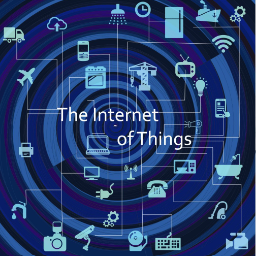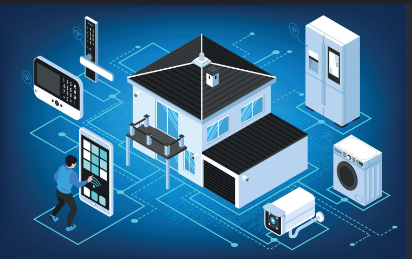Children’s Tree Planting
Kids for Trees: Growing Our Future” is an engaging and educational project aimed at involving children in the important task of planting trees. This project seeks to instil a love for nature, a sense of environmental stewardship, and an understanding of the importance of trees in our ecosystem.
Objectives:
1. Environmental Education: Teach children about the benefits of trees, including oxygen production, carbon sequestration, habitat for wildlife, and erosion prevention.
2. Hands-On Learning: Provide practical experience in planting and caring for trees.
3. Community Engagement: Foster a sense of community and teamwork as children, parents, teachers, and volunteers work together.
4. Long-Term Impact: Encourage lifelong environmental stewardship and awareness among the next generation.
Target Audience:
· Children aged 5-12
· School groups, scout troops, and community youth organisations
Project Activities:
1. Educational Workshops:
· Interactive sessions on the importance of trees.
· Age-appropriate presentations on how trees grow and their role in the ecosystem.
2. Tree Planting Days:
· Organised events where children can plant trees in local parks, school yards, or community spaces.
· Each child receives a sapling to plant and a small kit with gloves, a trowel, and a watering can.
3. Tree Care and Maintenance:
· Instructions and follow-up activities to care for the planted trees.
· Monthly check-ins and care sessions to ensure the saplings are growing well.
